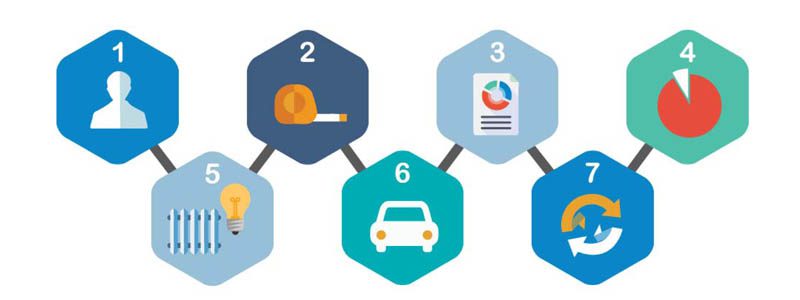
The deadline for ESOS Phase 2 compliance is 5th December 2019 but companies are urged to start putting their plans into place now, in the advice of independent energy data management provider IMServ Europe
In 2012 the UK Government incorporated ESOS, the ’Energy Savings Opportunity Scheme’, as its approach to the EU Energy Efficiency Directive. The mandatory scheme requires large organisations to record energy usage against any energy audits that have taken place to identify improvement. ESOS regulations apply to any large UK business that employs 250 or more people and has a turnover of greater than £38.9million. While ESOS goes some way to ensuring that the larger users audit their energy, there is little in the way of statutory enforcement when it comes to doing anything about the results – it’s up to businesses and their energy partners to turn recommendations into energy-saving actions. The Environment Agency is urging businesses to start taking the necessary steps to compliance sooner rather than later to avoid hefty fines ranging from £500 per day for late submissions up to £50,000:
Step 1
Appoint a Lead Assessor
This can be an employee or external party, provided they are listed as a member of an ‘Approved Professional Body’. Approved professional bodies are available on the BEIS website.
Step 2
Measurement & Data Analysis
By performing a measurement and data analysis exercise, your organisation will be able to account for its energy impacts in either energy kWh or in monetary terms.
Step 3
Record Keeping
It is vital to keep a record of building energy information for electricity and gas. This can either be done through automated metering, or if you are part of the Carbon Reduction Commitment Energy Efficiency Scheme (CRCEES), you may already have data gathering activities in place.
Step 4
Assess Significant Energy Consumption
Once data collection is completed, the ESOS audit assessment should focus on those activities or assets that consume 90% of the energy consumption; often referred to as ‘significant energy’.
Step 5
Consider Base & Peak Energy Load
The audit needs to consider building energy in terms of base and peak load to identify areas or times of potential waste. From this, common savings opportunities in buildings are likely to be achieved by changes to outputs such as heating, ventilation and lighting.
Step 6
Plan wider audits
Organisations must identify where energy is being used, for example refrigeration or machinery. In addition, fleet records may also offer indications on driver fuel performance, route planning and maintenance.
Step 7
Life Cycle Cost Analysis
The audit report needs to record the opportunity benefit for energy savings in terms of ‘Life Cycle Cost Analysis’ – rather than simply payback period.
In energy terms, organisations know opportunities to save energy exist in all buildings and in many processes. The challenge for each participant is to identify, understand and promote the benefits of energy and emission reduction over time, within the boundaries of their business activity and budget.
IMServ helps organisations make intelligent use of their energy via Half Hourly and Non Half Hourly data collection technology and specialist AMR meter, sub-meter and data logger installations.
The firm’s Peter Leggett explained further: “Against a recent backdrop of rising utility prices, large organisations should, by default, be investing in metering, utility management analysis and solutions. One can argue that it should not need intervention of legislation to enhance existing business processes, but ESOS will endorse historic projects that may otherwise not have been started and will open the door to new reduction opportunities. We expect businesses to look beyond simple percentage savings or 24 month payback, to the longer term advantages and sustainability benefits that exists.”






